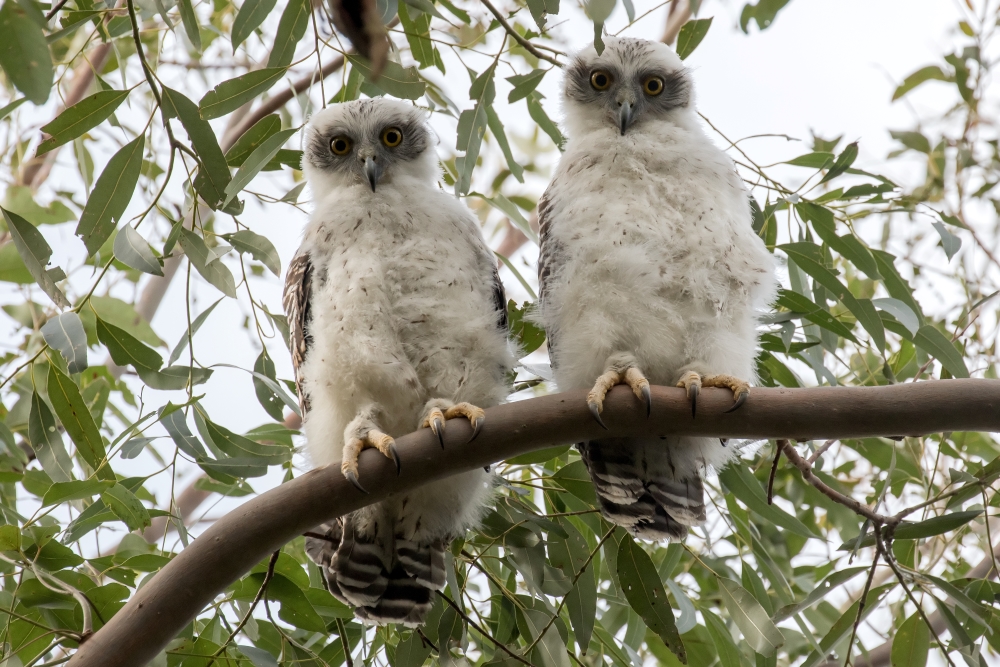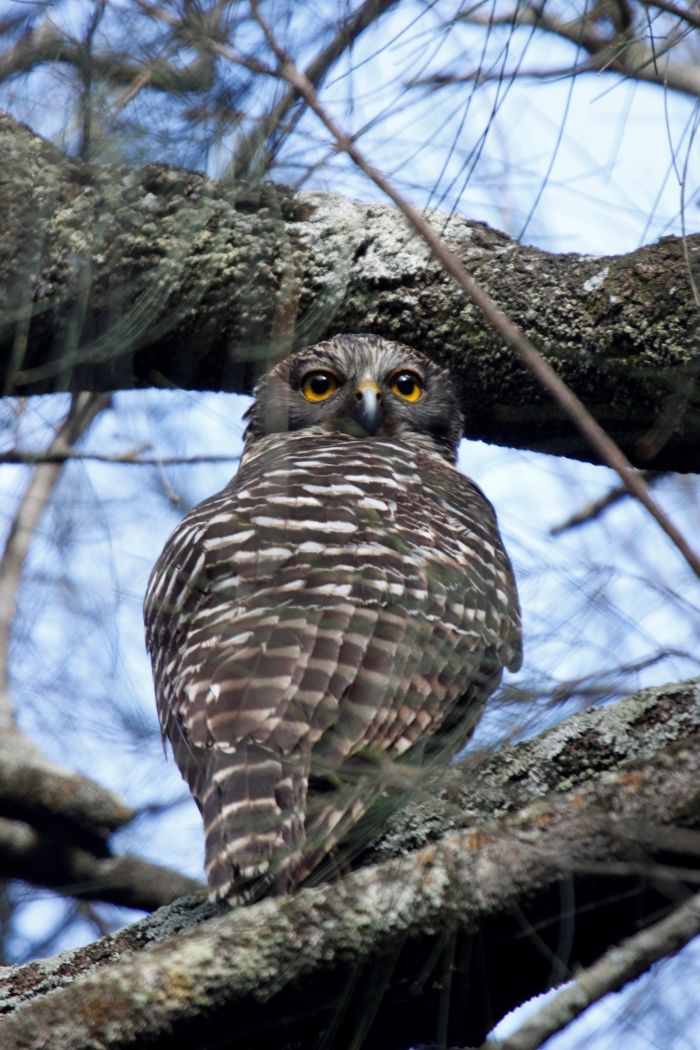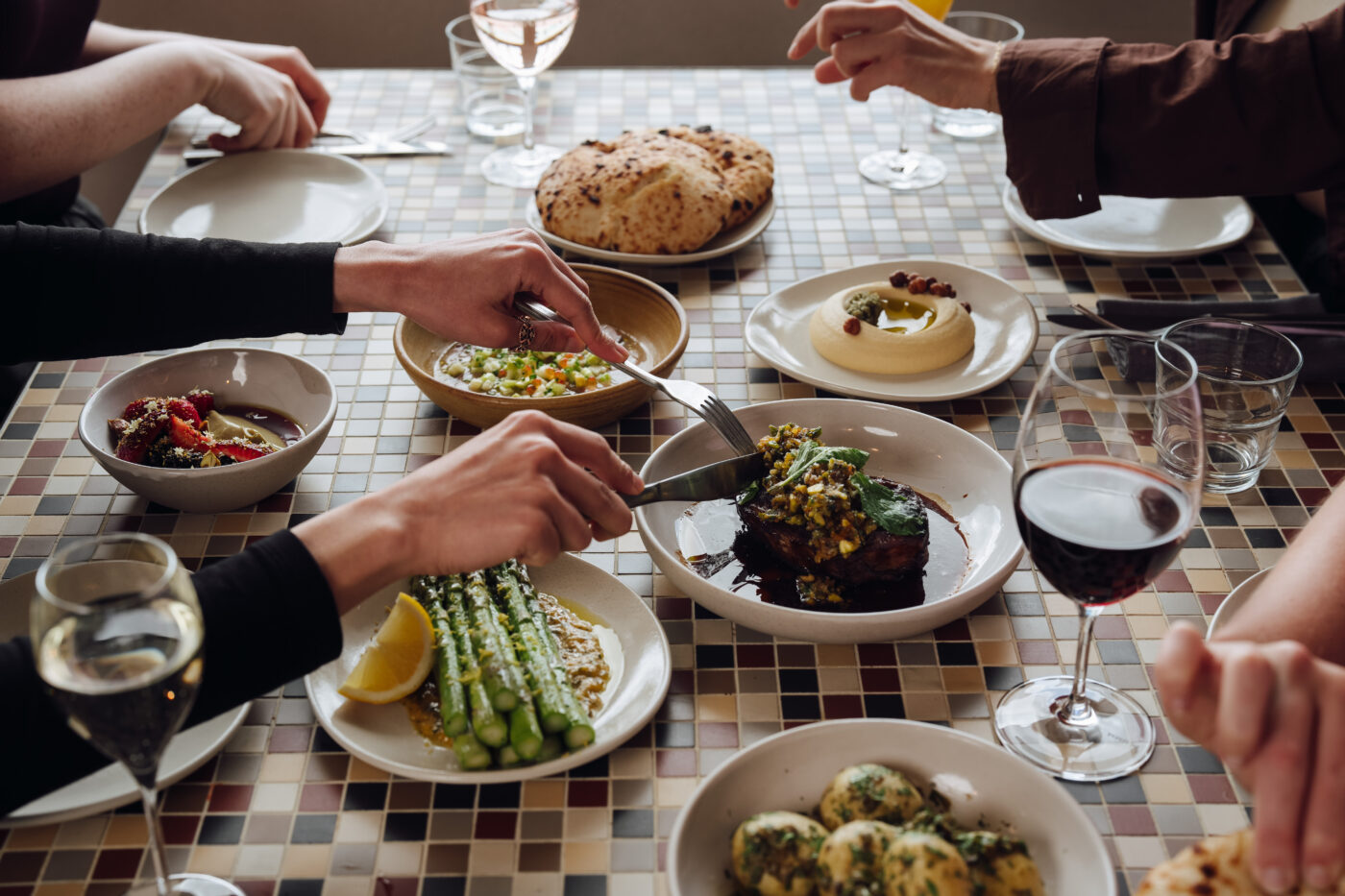Galaringi Reserve
Galaringi Reserve is home to many native species that call Parramatta home.
The Red Wattlebird (Anthochaera carunculate ) is a common sight at Galaringi Reserve. These birds feed on nectar and some insects, taken either from foliage or caught in mid-air. Berries and honeydew produced by some insects add to their diet.
Peron’s Tree Frog can also be spotted at one of the “ponds” at Galaringi Reserve in the Upper Ponds corridor. Also known as the ‘Laughing Tree Frog’, their call is very long and drawn out, increasing in loudness, with a drill-like “cra-ah-ah-ah-ah-ah-ah-ah-ahhk”. They also have the ability to quickly change colour. By day they are usually a pale green-grey colour that changes to a reddish brown with emerald green flecks at night.
Swamp Wallabies may visit the area, with evidence of their presence detected on one occasion at Galaringi Reserve, firstly using hair tubes and subsequently with targeted scat searches, providing conclusive results. Key threats to Swamp Wallabies within our reserves are predation by foxes and potentially dogs. Other threats include the inherent dangers of road crossings and vehicles, particularly at night.
Descriptions of the local birds that frequent the area are included on the track posts along the walk.
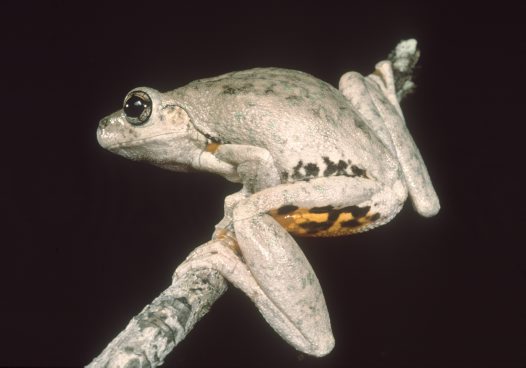
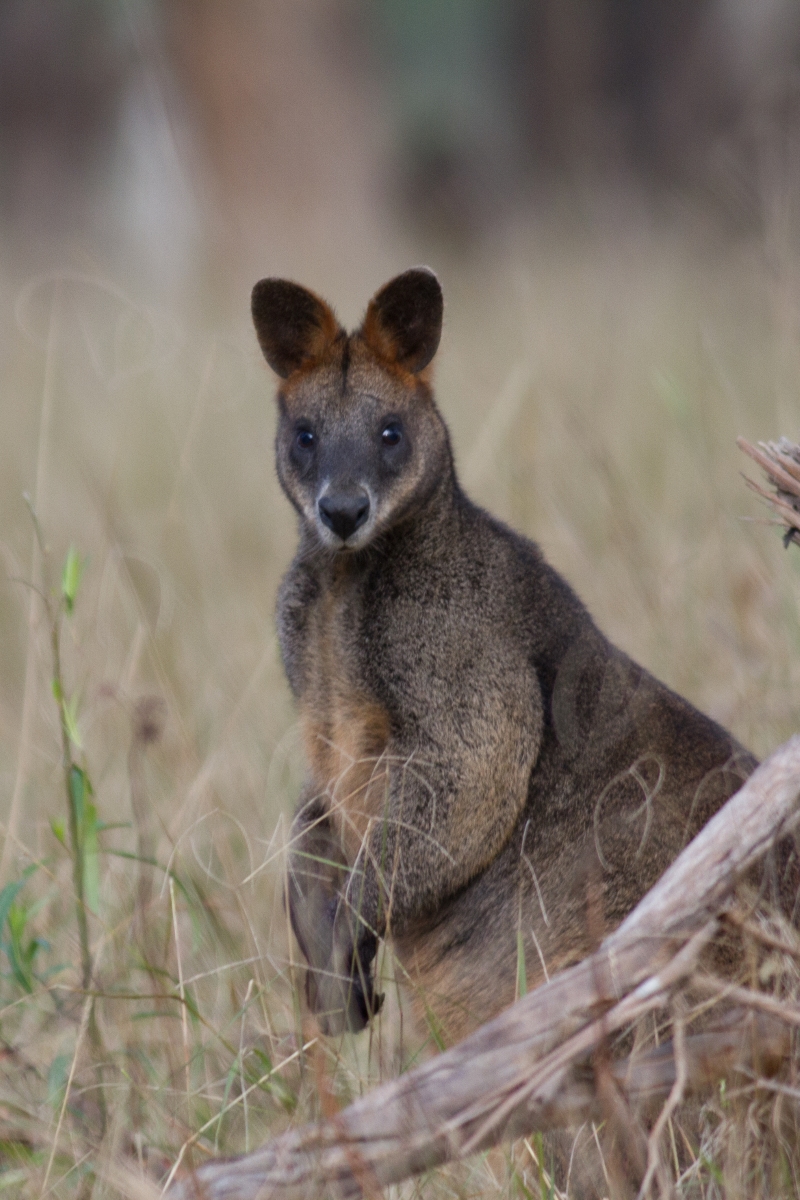
Animals of Galaringi Reserve
Powerful Owls (Ninox strenua)
The largest of all Australian owl species, Powerful Owls can be found in Galaringi Reserve. Sometimes referred to as the “Powerful boobook”, Powerful Owl’s tend to have an almost hawk-like appearance, with a small head and long tail. Dark grey, brown, and white in colour, Powerful Owl’s have yellow eyes and orange feet with sharp talons, used for securing prey.
The Powerful Owl is carnivorous, with its diet consisting largely of tree-dwelling marsupials, such as possums and gliders. They are also known to eat roosting birds, in addition to flying foxes and even ground dwelling exotic mammals, like rats and rabbits. An apex predator, the Powerful Owl sits at the top of the Galaringi Reserve food chain, with no natural predators of its own.
Powerful Owls are known to mate for life – sometimes more than 30 years – and will defend their territories all year round. Male owls build nests, often in a vertical tree hollow, and will provide food for the female and their young during the nesting period. Breeding in winter, the female owl will usually lay one or more commonly two eggs, which she then incubates for between 36 and 38 days. Young owls will usually be ready to leave the nest for the first time each September, but will often remain close to their parents for several months after, and in their parents territory for over a year.
In the evening, Powerful Owls can be identified by their deep, loud, double-hoot call “woo-oo hoo”, with the latter hoot being higher pitched than the first. They can often be heard calling to one another around dusk, as they set out to hunt. The call of the male owl is known to be loud enough to be heard as far as 2 kilometres away.
While they have no native predators, Powerful Owls are listed as vulnerable under the Biodiversity Conservation Act 2016. Land clearing and bushfire can impact their habitat, making it more difficult for Powerful Owl’s to find appropriate nest sites. They can sometimes be hit by cars, and young can fall victim to foxes, cats, or dogs. Residents living nearby reserves can help Powerful Owls by keeping dogs and cats secure, particularly at night, and reporting fox sightings to their local Council. Artificial nest box and tree hollow programs can also help to provide habitat for nesting.
